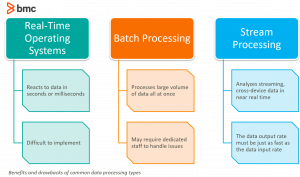



This example uses the DoEvents function to cause execution to yield to the operating system once every 1000 iterations of the loop. In addition, do not use DoEvents if other applications could possibly interact with your procedure in unforeseen ways during the time you have yielded control. In the latter case, the task can continue completely independent of your application, and the operating system takes care of multitasking and time slicing.Īny time you temporarily yield the processor within an event procedure, make sure the procedure is not executed again from a different part of your code before the first call returns this could cause unpredictable results. For long-running processes, yielding the processor is better accomplished by using a Timer or delegating the task to an ActiveX EXE component. Control is returned after the operating system has finished processing the events in its queue and all keys in the SendKeys queue have been sent.ĭoEvents is most useful for simple things like allowing a user to cancel a process after it has started, for example a search for a file. DoEvents returns zero in all other applications.ĭoEvents passes control to the operating system.

The DoEvents function returns an Integer representing the number of open forms in stand-alone versions of Visual Basic, such as Visual Basic, Professional Edition. If it does not, this is a finding.Ĭonfigure the operating system to alert the ISSO and SA (at a minimum) in the event of an audit processing failure.Yields execution so that the operating system can process other events. Verify the operating system alerts the ISSO and SA (at a minimum) in the event of an audit processing failure. This requirement applies to each audit data storage repository (i.e., distinct information system component where audit records are stored), the centralized audit storage capacity of organizations (i.e., all audit data storage repositories combined), or both. Without this notification, the security personnel may be unaware of an impending failure of the audit capability, and system operation may be adversely affected.Īudit processing failures include software/hardware errors, failures in the audit capturing mechanisms, and audit storage capacity being reached or exceeded. It is critical for the appropriate personnel to be aware if a system is at risk of failing to process audit logs as required.


 0 kommentar(er)
0 kommentar(er)
